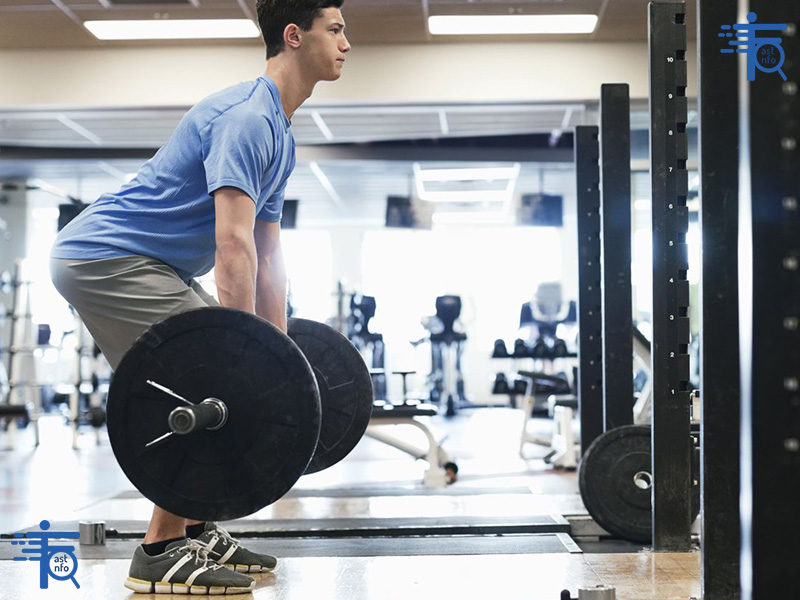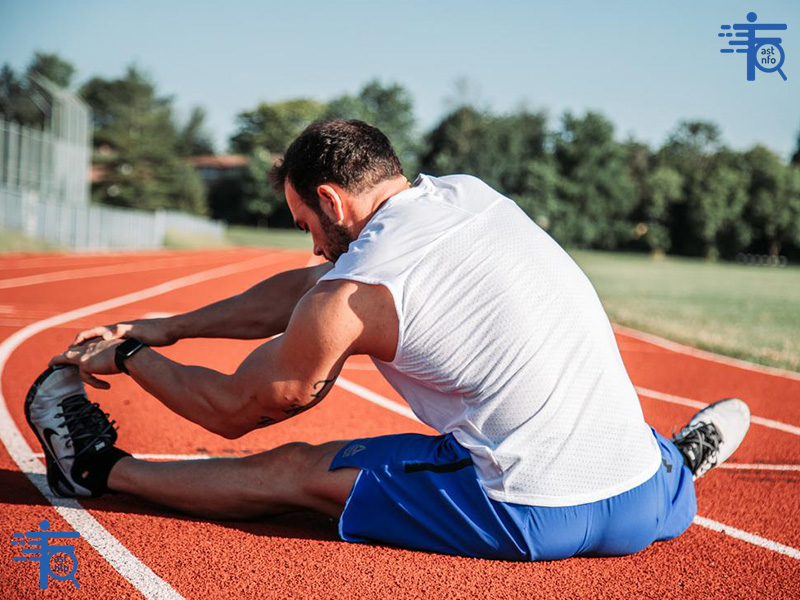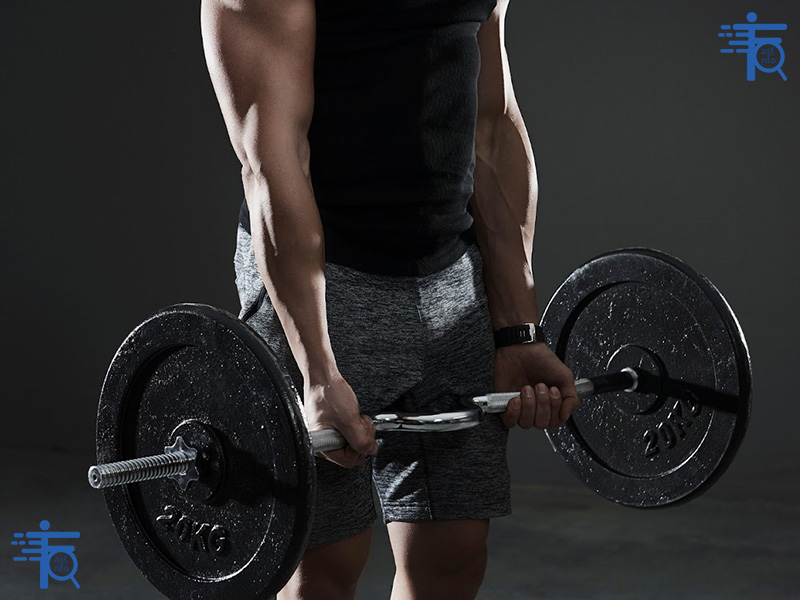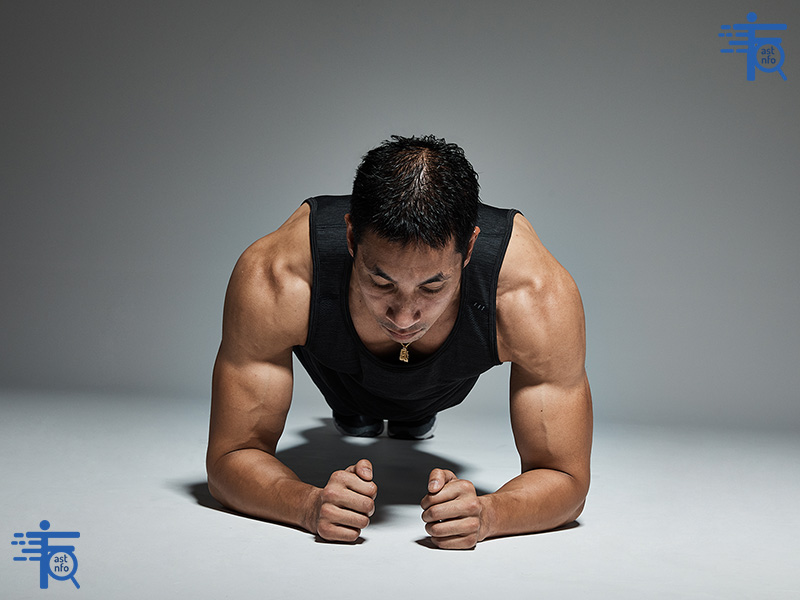Improve Your Grip Strength
Improving grip strength is essential for everyday activities, sports performance, and lifting heavier weights in the gym. A strong grip can enhance your overall strength, prevent injuries, and improve your ability to perform tasks like carrying groceries, opening jars, or climbing. Here’s a comprehensive guide to boosting your grip strength:
1. Incorporate Grip-Specific Exercises
These exercises directly target the muscles in your hands, wrists, and forearms.
A. Dead Hangs
- How to do it: Hang from a pull-up bar with an overhand grip for as long as possible.
- Progression: Increase hang time or add weight using a weight belt.
- Benefits: Builds endurance in your grip and forearms.
B. Farmer’s Carry
- How to do it: Hold heavy dumbbells or kettlebells at your sides and walk for a set distance or time.
- Progression: Increase weight or distance.
- Benefits: Improves crushing grip strength and overall stability.
C. Plate Pinches
- How to do it: Hold two weight plates together (smooth sides out) between your thumb and fingers for as long as possible.
- Progression: Use heavier plates or increase hold time.
- Benefits: Targets pinch grip strength.
D. Towel Pull-Ups
- How to do it: Drape a towel over a pull-up bar and grip the ends to perform pull-ups.
- Progression: Add weight or increase reps.
- Benefits: Enhances grip and forearm strength while working your back and arms.
E. Wrist Curls and Reverse Wrist Curls
- How to do it: Sit on a bench with your forearms resting on your thighs. Hold a dumbbell and curl your wrists upward (wrist curls) or downward (reverse wrist curls).
- Progression: Increase weight or reps.
- Benefits: Strengthens the muscles in your forearms and wrists.
2. Use Grip Tools and Equipment
Specialized tools can help you isolate and strengthen your grip.
A. Hand Grippers
- How to use: Squeeze the gripper with one hand, focusing on full range of motion.
- Progression: Use grippers with higher resistance levels.
- Benefits: Improves crushing grip strength.
B. Fat Gripz or Thick Bars
- How to use: Attach Fat Gripz to dumbbells, barbells, or pull-up bars to increase the diameter of the grip.
- Progression: Use thicker grips or heavier weights.
- Benefits: Increases forearm and grip strength by making exercises more challenging.
C. Grip Balls or Stress Balls
- How to use: Squeeze the ball repeatedly for a set time or number of reps.
- Progression: Use firmer balls or increase duration.
- Benefits: Enhances grip endurance and finger strength.

3. Strengthen Your Forearms
Strong forearms are essential for a powerful grip. Incorporate these exercises into your routine:
A. Reverse Curls
- How to do it: Hold a barbell or dumbbells with an overhand grip and curl your arms upward.
- Progression: Increase weight or reps.
- Benefits: Targets the brachioradialis and forearm muscles.
B. Hammer Curls
- How to do it: Hold dumbbells with a neutral grip (palms facing each other) and curl your arms upward.
- Progression: Increase weight or reps.
- Benefits: Works the brachialis and forearm muscles.
C. Wrist Roller
- How to do it: Roll a weight up and down using a wrist roller device.
- Progression: Increase weight or speed.
- Benefits: Builds forearm endurance and grip strength.
4. Train Different Types of Grip Strength
There are three main types of grip strength, and it’s important to train all of them:
A. Crushing Grip
- Examples: Hand grippers, dead hangs, towel pull-ups.
- Focus: The ability to squeeze or crush objects.
B. Pinch Grip
- Examples: Plate pinches, pinch block lifts.
- Focus: The ability to hold objects between your fingers and thumb.
C. Support Grip
- Examples: Farmer’s carry, deadlifts, pull-ups.
- Focus: The ability to hold onto objects for extended periods.
5. Improve Overall Strength
Grip strength is closely tied to overall strength. Incorporate compound lifts that challenge your grip:
A. Deadlifts
- How to do it: Lift a barbell from the ground to a standing position using an overhand or mixed grip.
- Progression: Increase weight or use a double overhand grip for added challenge.
- Benefits: Builds grip, back, and leg strength.
B. Pull-Ups and Chin-Ups
- How to do it: Hang from a bar and pull your body upward until your chin clears the bar.
- Progression: Add weight or increase reps.
- Benefits: Strengthens grip, back, and arms.
C. Rows
- How to do it: Pull a barbell, dumbbell, or cable toward your torso while keeping your back straight.
- Progression: Increase weight or reps.
- Benefits: Works grip, back, and biceps.
6. Practice Functional Movements
Incorporate activities that naturally improve grip strength:
- Rock Climbing: A full-body workout that heavily relies on grip strength.
- Carrying Heavy Objects: Farmer’s carries, sandbag carries, or even carrying groceries.
- Manual Labor: Tasks like shoveling, hammering, or gardening can strengthen your grip.
7. Stretch and Recover
- Stretch Your Forearms: Stretching improves flexibility and prevents injuries. Try wrist flexor and extensor stretches.
- Massage Your Hands and Forearms: Use a foam roller or massage ball to relieve tension and improve blood flow.

Sample Grip Strength Workout
Warm-Up:
- 5 minutes of light cardio (e.g., jumping jacks, jogging)
- Wrist and forearm stretches
Workout:
- Dead Hangs: 3 sets of 30-60 seconds
- Farmer’s Carry: 3 sets of 30-40 meters
- Plate Pinches: 3 sets of 20-30 seconds
- Reverse Curls: 3 sets of 10-12 reps
- Wrist Roller: 3 sets of 1-2 minutes
Cool-Down:
- Stretch your forearms and hands for 5-10 minutes.
Key Takeaways
- Train Grip-Specific Exercises: Dead hangs, farmer’s carries, and plate pinches are highly effective.
- Use Grip Tools: Hand grippers, Fat Gripz, and grip balls can enhance your training.
- Strengthen Your Forearms: Incorporate exercises like reverse curls and wrist rollers.
- Train All Types of Grip: Crushing, pinch, and support grips are all important.
- Stay Consistent: Grip strength improves over time with regular practice.
By following these tips and incorporating grip-specific exercises into your routine, you’ll see significant improvements in your grip strength and overall performance!

How do you measure grip strength?
Measuring grip strength is an important way to assess overall upper body strength, monitor progress, and identify potential health issues. There are several methods to measure grip strength, ranging from simple tools to advanced equipment. Here’s a guide to the most common methods:
1. Hand Dynamometer
A hand dynamometer is the most accurate and widely used tool for measuring grip strength.
How to Use:
- Adjust the dynamometer to fit your hand size.
- Hold the device in your hand with your arm at your side and elbow bent at 90 degrees.
- Squeeze the dynamometer as hard as possible.
- Record the reading in kilograms (kg) or pounds (lb).
- Repeat 2-3 times and take the average for accuracy.
Benefits:
- Provides precise and consistent measurements.
- Portable and easy to use.
Norms for Grip Strength (in kg):
- Men (20-30 years): 40-50 kg (dominant hand)
- Women (20-30 years): 25-30 kg (dominant hand)
- Note: Grip strength decreases with age and varies based on fitness level.
2. Hand Grip Test with a Grip Ball or Stress Ball
This is a simpler, less precise method for measuring grip strength.
How to Use:
- Squeeze a grip ball or stress ball as hard as possible.
- Use a scale or pressure sensor to measure the force applied (if available).
- Alternatively, compare your squeeze to previous attempts to track progress.
Benefits:
- Inexpensive and accessible.
- Good for tracking relative improvements over time.
3. Farmer’s Carry Test
This functional test measures grip endurance and strength.
How to Use:
- Pick up heavy dumbbells or kettlebells (start with 50-75% of your body weight).
- Walk a set distance (e.g., 20-40 meters) or for a set time (e.g., 30-60 seconds).
- Record the weight carried and the distance or time completed.
Benefits:
- Measures grip strength in a functional, real-world context.
- Also tests overall strength and endurance.
4. Plate Pinch Test
This test measures pinch grip strength.
How to Use:
- Place two weight plates (smooth sides out) together.
- Pinch the plates between your thumb and fingers.
- Lift the plates off the ground and hold for as long as possible.
- Record the weight of the plates and the hold time.
Benefits:
- Targets pinch grip strength, which is important for tasks like carrying objects.
5. Dead Hang Test
This test measures grip endurance.
How to Use:
- Hang from a pull-up bar with an overhand grip.
- Hold the position for as long as possible.
- Record the time in seconds.
Benefits:
- Simple and effective for measuring grip endurance.
- No equipment needed other than a pull-up bar.
6. Grip Strength Norms and Health Indicators
Grip strength is often used as a general indicator of overall strength and health. Low grip strength has been linked to:
- Increased risk of cardiovascular disease.
- Higher mortality rates.
- Reduced mobility and independence in older adults.
-
Tips for Accurate Measurement
- Warm Up: Perform light hand and forearm stretches before testing.
- Use Both Hands: Test both your dominant and non-dominant hands, as grip strength can vary between sides.
- Repeat Tests: Take 2-3 measurements and use the average for accuracy.
- Consistent Conditions: Measure grip strength at the same time of day and under similar conditions for reliable comparisons.
Key Takeaways
- Hand Dynamometer: The most accurate and widely used tool for measuring grip strength.
- Functional Tests: Farmer’s carry, plate pinch, and dead hang tests provide practical insights into grip endurance and strength.
- Track Progress: Regularly measure your grip strength to monitor improvements and identify areas for growth.
- Health Indicator: Grip strength is a valuable marker of overall health and fitness.
By using these methods, you can effectively measure and track your grip strength over time!

Why is grip strength important?
Grip strength is more than just a measure of how hard you can squeeze or hold onto something. It’s a critical indicator of overall health, fitness, and functional ability. Here’s why grip strength is important and how it impacts various aspects of your life:
1. Indicator of Overall Strength and Fitness
- Correlates with Total Body Strength: Grip strength is closely linked to the strength of your upper body, core, and even lower body muscles.
- Predictor of Athletic Performance: A strong grip enhances performance in sports like rock climbing, tennis, golf, and weightlifting.
2. Essential for Daily Activities
- Functional Tasks: Grip strength is necessary for everyday activities like carrying groceries, opening jars, lifting children, or holding onto handrails.
- Independence: Strong grip strength is crucial for maintaining independence, especially as you age.
3. Health and Longevity
- Predictor of Mortality: Studies show that low grip strength is associated with a higher risk of premature death from all causes, including cardiovascular disease and cancer.
- Bone Health: Strong grip strength is linked to better bone density, reducing the risk of osteoporosis and fractures.
- Metabolic Health: Higher grip strength is associated with better insulin sensitivity and a lower risk of type 2 diabetes.
4. Injury Prevention
- Reduces Risk of Falls: A strong grip improves balance and stability, reducing the risk of falls, especially in older adults.
- Protects Joints and Tendons: Strong hands and forearms help stabilize joints during physical activities, reducing the risk of strains and sprains.
5. Enhances Athletic Performance
- Weightlifting and Strength Training: A strong grip allows you to lift heavier weights and perform exercises like deadlifts, pull-ups, and rows more effectively.
- Endurance Sports: Grip strength is vital for activities like cycling, rowing, and swimming, where holding onto equipment is essential.
- Combat Sports: In sports like wrestling, judo, or boxing, grip strength is crucial for controlling opponents or equipment.
6. Mental and Cognitive Health
- Brain Health: Research suggests that grip strength is linked to cognitive function and may help predict the risk of dementia and Alzheimer’s disease.
- Mood and Confidence: A strong grip can boost self-esteem and reduce feelings of weakness or frailty.
7. Occupational Performance
- Manual Labor: Jobs that require lifting, carrying, or using tools (e.g., construction, farming, mechanics) rely heavily on grip strength.
- Precision Tasks: Even jobs requiring fine motor skills, like surgery or art, benefit from strong and stable hands.
8. Aging and Quality of Life
- Prevents Sarcopenia: Maintaining grip strength helps combat age-related muscle loss (sarcopenia), preserving mobility and independence.
- Improves Quality of Life: Strong grip strength enables older adults to perform daily tasks, stay active, and maintain social connections.

How to Improve Grip Strength
If you want to enhance your grip strength, incorporate these exercises into your routine:
- Crushing Grip: Hand grippers, dead hangs, towel pull-ups.
- Pinch Grip: Plate pinches, pinch block lifts.
- Support Grip: Farmer’s carries, deadlifts, rack pulls.
- Forearm Strength: Wrist curls, reverse curls, wrist rollers.
Key Takeaways
- Health Marker: Grip strength is a powerful indicator of overall health, longevity, and disease risk.
- Functional Importance: It’s essential for daily tasks, athletic performance, and occupational demands.
- Injury Prevention: Strong grip strength protects joints, tendons, and bones.
- Aging and Independence: Maintaining grip strength helps preserve mobility and quality of life as you age.
By prioritizing grip strength training, you can improve your physical performance, reduce health risks, and enhance your overall quality of life!
fastinfosearch site provides the best information
Suggested content:
12 Exercises That Burn the Most Calories
How Much Muscle Mass Should I Have, and How Do I Measure It?





No comment